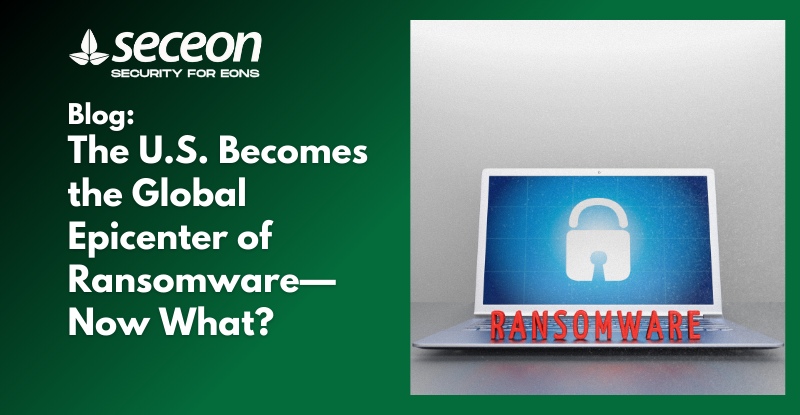
A recent report from TechRadar Pro reveals that the United States is now the most targeted country in the world for ransomware attacks, accounting for nearly 50% of all reported incidents globally in the first half of 2025. According to data shared by threat intelligence firm Malwarebytes, this marks a 146% increase in ransomware activity compared to the same period in 2024.
These findings point to a critical trend that defenders must pay attention to: ransomware operators are concentrating their efforts on U.S. organizations, using increasingly aggressive and scalable tactics. The implications for cybersecurity teams—particularly those supporting U.S.-based enterprises and service providers—are serious.
These campaigns are increasingly run like businesses, using affiliate structures and Ransomware-as-a-Service (RaaS) models to scale attacks and evade traditional defenses.
The report highlights a few likely reasons for the overwhelming concentration of ransomware activity in the U.S.:
The result is a sustained and escalating campaign against American digital infrastructure.
For security leaders and MSPs operating in the U.S., this report reinforces the urgency of proactive ransomware detection and rapid response.
As attackers evolve their methods—often using legitimate credentials, obfuscated payloads, and lateral movement through cloud-connected environments—legacy security stacks are often too slow or fragmented to respond effectively. Without coordinated visibility across cloud, endpoint, network, and identity, early-stage detection is easily missed.
Instead, organizations are increasingly turning to solutions that enable:
The U.S. is now the central battleground in the global ransomware war. This surge isn’t theoretical—it’s happening in real time, and the stakes are only rising. As ransomware groups continue to refine their tactics and expand their reach, cybersecurity teams must adopt faster, more integrated approaches to threat detection and response.
At Seceon, we’re committed to helping organizations shift from reactive cleanup to real-time action. Our platform brings together Network Detection and Response (NDR), intrusion detection and prevention, DNS security, and cloud-aware analytics to give defenders the visibility and speed they need to stay ahead.
The attackers aren’t slowing down, and neither should your defenses.
